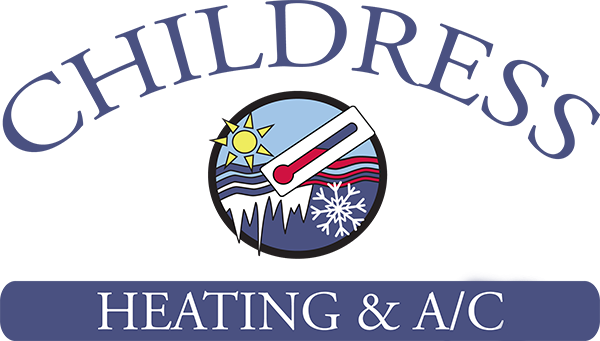
The Nest thermostat is one of the most popular smart thermostats you can get. And for good reason. It picks up on your temperature preferences and creates an energy-efficient schedule to match. And by geofencing with your phone, the Nest Learning Thermostat and Nest E know when you’re at your residence or out and about and can raise and lower settings to help you save even more.
The Nest is compatible with a full range of 24-volt heating and cooling systems, but it’s always a wise idea to use the Nest thermostat compatibility checker before purchasing one. Don’t forget to talk with your energy provider for valuable rebates, because you could be able to get a Nest for free or close to it.
Once you’ve checked it’s compatible, you can either install it yourself or call a HVAC pro like Childress Heating & AC. If you’re putting it in yourself, you’ll spot a terminal for the C-wire, or common wire. This wire is just used for powering your thermostat. If your house or HVAC system is older, you might not have one of these wires. In the majority of cases, Nest says this isn’t a problem as the thermostat can draw enough power from other heating and cooling wires.
In some cases, your heating and cooling system could need that C-wire. And here’s why.
Why Your Nest Keeps Losing Power and Other Problems
The Google Nest Thermostat is an improvement from outdated programmable thermostats that rely on a combination of wiring and AA batteries for power. It relies on a rechargeable lithium-ion battery and wiring to sync with Wi-Fi, power its digital display and operate your heating and cooling system.
8 Common Nest Thermostat Malfunctions
If it can’t get enough electricity, Nest says you might run into some of these issues:
- Poor battery life.
- Thermostat motion sensing is disabled.
- Your thermostat every now and then disconnects from Wi-Fi.
- Your system suddenly turns on or off, or won’t turn off.
- Your system is making weird noises, like chattering, stuttering, clicking or thumping.
- Heating or cooling is short cycling, or frequently turning on and off in a short period of time.
- There is a delay notice on your Nest thermostat’s screen, along the lines of “heating is delayed for 2:30 minutes.”
- The system fan is continuously working, won’t run or turns off and on frequently in a short period of time.
You might think something is suspect with your heating and cooling system, but if you just got the Nest, we advise you begin with your thermostat first. This is especially pertinent if the weather is mild, and you haven’t been running your heat or air conditioning much.
Our Pros Can Fix Nest Thermostat Problems
If you’ve gone through Nest thermostat troubleshooting without help but can’t fix the dilemma, a smart thermostat specialist like one from Childress Heating & AC can support you. We can determine the issue and install a C-wire, if needed.
Smart thermostats like the Nest are made to make your life more convenient, with automatic energy-efficient programming and the option to check temperatures while you’re on the go. It’s a frustrating experience when yours won’t operate properly, but our heating and cooling pros at Childress Heating & AC can fix the issue quickly.
If you’re going through weird heating and cooling behavior with your new Nest, give us a call at 540-675-4306 to book your appointment now.
